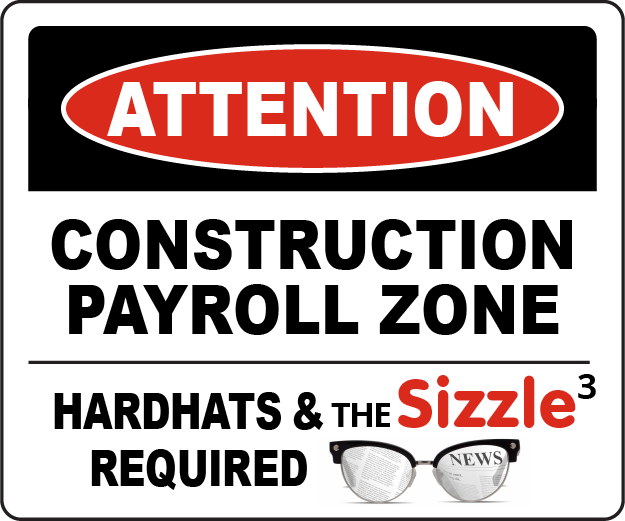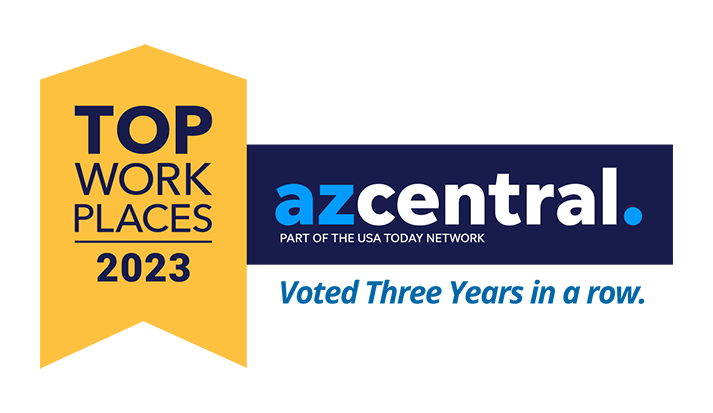Fringe benefits take on a new meaning for prevailing wage construction companies due to the requirements created by Davis-Bacon and Related Acts(DBRA) and McNamara-O’Hara Service Contract Act (SCA). While most companies offer some form of fringe benefits, like health insurance, prevailing wage contractors must pay specific hourly fringe benefit rates based on the type of work each employee performs. Additionally, these requirements include detailed reporting and are strictly enforced by government oversight.
Want easy-to-use software to manage time, HR, & certified payroll? GET A FREE DEMO OF eBACON TODAY.
Understanding how these laws work is critical, but it can be difficult. Not only are the laws long and complicated, but it’s hard to find clear answers. Even if you ask your local Department of Labor (DOL) for guidance, you may simply be redirected to a list of FAQs. Making matters worse, there are plenty of misconceptions and opinions online about fringe benefit management.
Since we discuss these issues so often with new clients, we thought we’d share some of the top misconceptions we hear about handling fringe benefits.
You Cannot Claim Required Benefits as Fringe Benefits

If you are required by federal, state or local law to pay for or provide specific benefits, you cannot count those as fringe benefits on prevailing wage projects. For example, the money paid toward workers’ comp or social security cannot be considered a fringe benefit. You may be providing other perks that do count. For example, you can count the following as fringe benefits:
- Life insurance
- Health insurance
- Pension
- Vacation
- Holidays
- Sick Leave
Keep in mind that most fringe benefits are annualized. This means you cannot simply subtract the cost of the benefit you provide from the amount of fringe benefits you are required to pay. This can complicate fringe benefit management, especially if you are not using a payroll service that specializes in certified payroll.

You Can Take Credit for Allowed Costs
Although you can’t subtract the cost of required benefits from your fringe benefit obligation, you can take credit for some of the benefits you provide. If you provide health insurance or sick leave, you can deduct a portion of those costs from fringe benefit payments. The key here is to understand the annualization requirements so that you do not reduce your fringe payments more than you should.
Many companies steer clear of this because it can be complicated and may be perceived as risky. This is where having advanced certified payroll software comes into the picture since it can help make fringe benefit management easier.
Cash is an Expensive Way to Pay Fringe Benefits
Contractors often pay fringe benefits in cash because it is easy and safe. It is easy because you can simply pay workers the amount listed on the wage determination under fringe benefits. You do not have to deal with annualization or determine if you are providing other benefits that may offset your fringe obligation. Paying fringe in cash is also safe because as long as you are using the correct wage determination, you are compliant.
If you pay fringe benefits in cash, the entire amount is subject to payroll taxes. This includes Federal Insurance Contributions Act (FICA) and Federal Unemployment Tax Act (FUTA) taxes, as well as state unemployment taxes and workers’ compensation. If you were to use a qualifying trust to pay fringe benefits, you can bypass some of these costs which can add up to serious savings. So while cash is an easy way to handle fringe, it is an expensive way to handle fringe benefits

Supplemental Unemployment Benefit (SUB) plans are annualized

A Supplemental Unemployment Benefit (SUB) plan is a Section 501 (c) (17) trust that is sometimes used to handle fringe benefits. SUB plans were widely considered to be exempt from annualization requirements. This made SUB plans a desirable way to deal with fringe benefits because they let employers save on payroll taxes. However, in 2015 the Department of Labor (DOL) ruled that SUB plans are NOT exempt from annualization, making them a far less favorable tool for government contractors.
You may still see companies offering SUB plans to handle fringe benefits. Before making any commitment, ask how they handle annualization to protect yourself.
Read the official DOL Brief on SUB annualization here.
From time to time you should take a look at how you handle fringe benefits. This can help you stay compliant and explore options that may be more advantageous for your company. The following resources can help you stay informed on prevailing wage law and fringe benefits.
Department of Labor (DOL) FAQ: Fringe Benefits
DOL: Understanding Prevailing Wages
What are Fringe Benefits
The Downside of Paying Fringe Benefits in Cash
Personal Protective Equipment Standards: What You Need to Know About OSHA’s Smart New Guidelines
Working in construction can be demanding. Juggling intricate tasks while wearing bulky Personal Protective Equipment (PPE) can feel frustrating and…
Communication is Key: What You Need to Know NOW About HR Strategies and Prevailing Wage
Clear and consistent communication is the bedrock of any successful construction project. But on prevailing wage projects, where strict government…
Construction Workforce Shortages: How to Attract and Retain the Best Workers
Contractors, it’s time to acknowledge a tough reality: construction workforce shortages have been an enduring issue on job sites for…
FTC Non-Compete Clause Rule Changes for Construction Payroll: Everything You Need to Know Now
In the world of construction, where projects are dynamic and workforce needs fluctuate, the recent announcement from the Federal Trade…
Independent Contractors: What You Need to Know to Protect Your Construction Business Right Now
Using independent contractors on your construction projects can seem like a win-win. They bring specialized skills and flexibility, often working…
Staff Up Now! HR Strategies for Clean Energy Construction
Construction worker shortage drama? It’s the same obstacle recognized by many labor industries throughout the country: There’s plenty of work…
The material presented here is educational in nature and is not intended to be, nor should be relied upon, as legal or financial advice. Please consult with an attorney or financial professional for advice.















